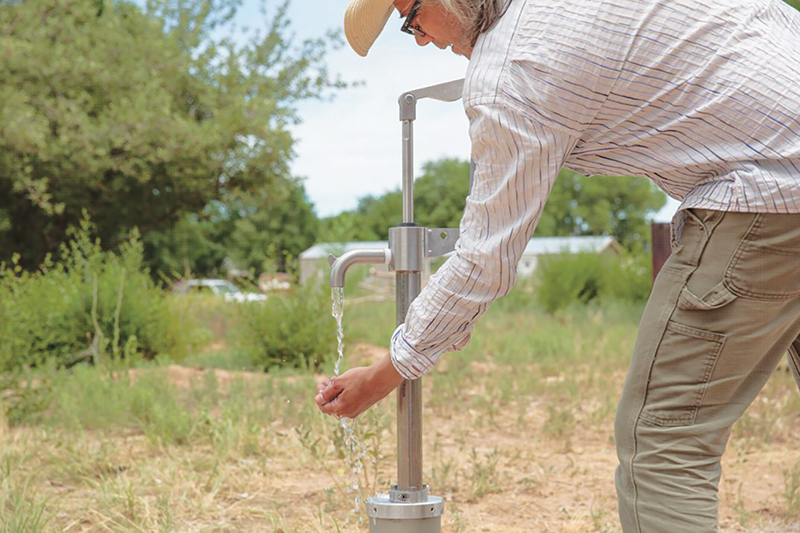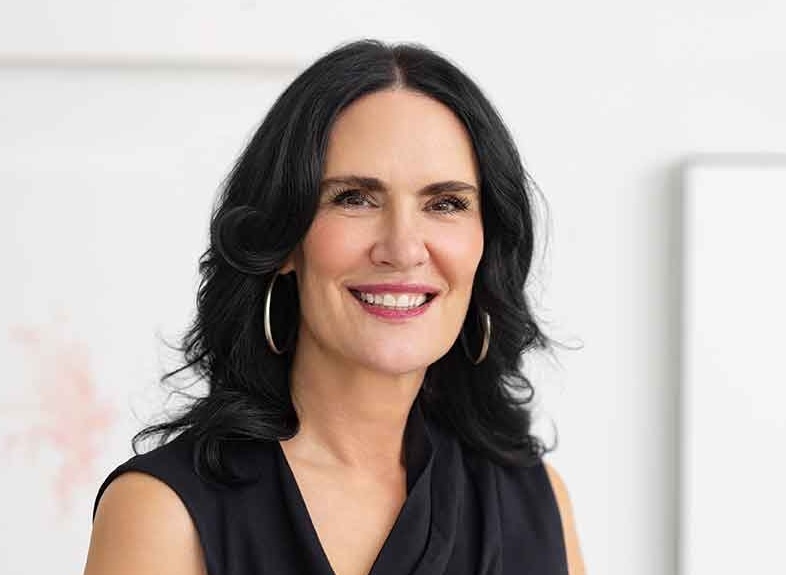EXPO CHICAGO’s Tony Karman on Fall Without a Fair

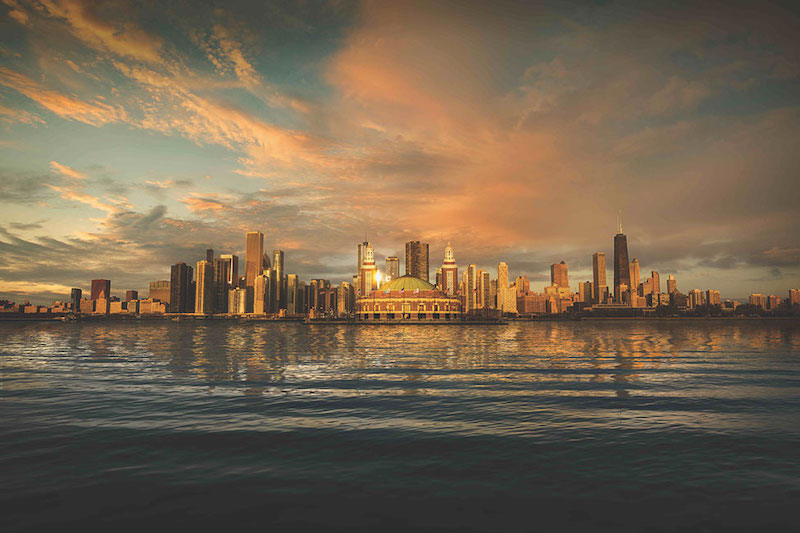
By GINNY VAN ALYEA
Tony Karman has been the man of September since he went out on his own in 2012 to found the international art fair EXPO CHICAGO and moved the exposition it from its traditional place on the spring calendar to the start of the fall cultural season. His bold move aimed to take advantage of Chicago’s lakeside setting during one of its more temperate months and to align the fair with the major gallery and museum openings of the year, unifying the various events to usher in the beginning of the international fall art season and appeal to travelers seeking a global cultural hub.
This past spring, six months away from opening the 9th edition of EXPO CHICAGO on Navy Pier, it became apparent to Karman that plans for this fall would not move forward. I spoke with Karman in August to find out what he and his fair team have been working on and observing in the art world during a time they otherwise would have been pulling all-nighters to prepare for tens of thousands of fair visitors.
Update: EXPO CHICAGO announced new virtual and in-person programming for fall 2020 on September 9.
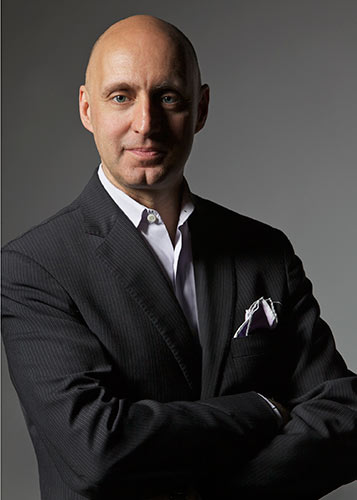
CGN: First, please share the latest updates on EXPO CHICAGO – the path to deciding to move this fall’s fair to spring 2021.
Tony Karman: The path was abundantly clear back in April that we could not move forward for a fair this September, and we reviewed options with Navy Pier to choose the April 2021 dates. I am proud of our statement that we made in partnership with our exhibitors and that we were able to take the lead in announcing the date shift early on, as it was clear that moving ahead with our old dates was not possible. Making that decision was actually a very easy one, as it was most responsible thing to do for our exhibitors and for the safety of our patrons. We remain in constant contact with our Selection Committee, our dealers, our partners from around the world, and we are consistently monitoring global issues so we can adjust again if we have to.
CGN: What has EXPO been focusing on recently?
TK: Adjusting to, and preparing for, April 2021 has kept us very busy as we have shifted many procedures while consistently communicating with galleries and developing new initiatives for the local cultural community and our broader international partners. We developed our bi-weekly Online Dispatch, maintained THE SEEN online, created dine&, a virtual culinary and talks program, and we are planning to launch a series of both virtual and in person events this September and October.
CGN: What have you observed from other fairs around the world as they have had to pivot too?
TK: There is no question that all fairs, like galleries, have moved quickly to supplement their online platforms with viewing rooms and digital initiatives. We were in discussions with a developer for an online viewing room and we stepped up our plans to launch an online initiative, as that is now a basic component for any fair to be able to offer. The challenges of this time provide a unique opportunity to rethink much of what we have developed in the past and has forced us to look to expanding the company outside of producing one art exposition a year. I would anticipate that many others are doing the same.
CGN: How critical do you think the lurch to online marketplace and viewing rooms will be long term?
TK: Extremely critical. Although, nothing can replace seeing and experiencing artwork in person along with the “magical” interaction and exploration that can only happen when people gather, there is no question that virtual experiences that are offered by fairs and galleries will only increase in importance. Online sales for galleries have continued to grow and I don’t see that trend slowing anytime soon. Our plan is to stay on top of the curve and continue to invest and innovate in this area for the future.
CGN: What could the fall season in Chicago mean without an art fair – the negatives as well as the possibilities?
TK: Sadly, we were poised to have even another breakout year in 2020 with several new galleries planning to participate and programming to be announced. However, we cannot dwell on what could have been but continue to move forward and focus our attention on servicing the local and global arts community whenever we can take place in 2021. ‘September in Chicago’ was our tagline, and I am grateful that over that last nine years, we contributed to the opening of the season. However, for decades the April/May calendar slot was Chicago’s, and if that is where we land, I think we will contribute as much or more to the spring openings.
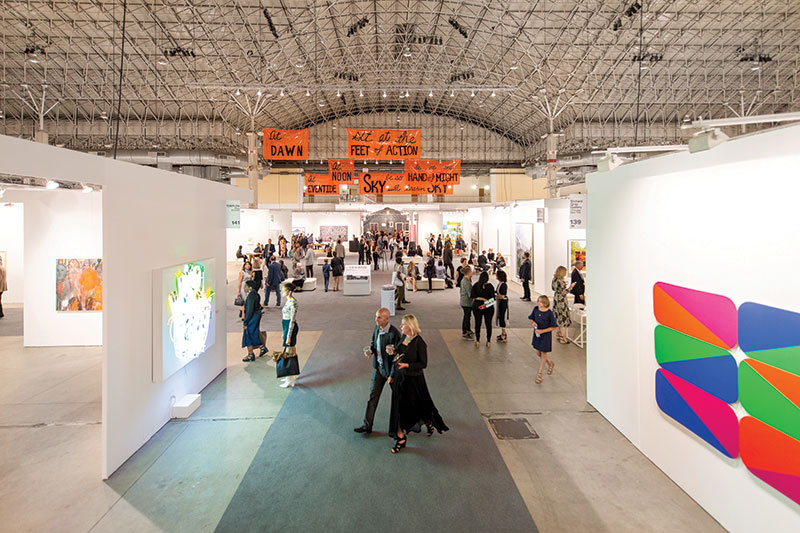
CGN: What are your expectations for the fair landscape in 2021, and for the art market post (or amidst) the pandemic?
TK: My expectations for 2021 are a bit guarded as we have seen the constant uncertainty throw out all notions of a global art fair calendar out the window. Everyone is adjusting and resetting their priorities, and given that the playing field has leveled a bit, I feel strongly that we are in a great place to emerge even stronger than before. We are nimble as a company, we benefit greatly from the support of the local cultural and hospitality community, Chicago is home to world renowned institutions, artists and galleries, and our city’s geographic location is a distinct advantage for us to welcome the U.S. and the world when appropriate.
CGN: What about more recent cultural and societal conversations as they relate to the art community?
TK: Artists and the arts have always been at the forefront of driving societal change, provoking us to both “see” and to reflect on the numerous issues that we face. There is no question that we live in a most profound era, and I feel that the artwork of this time will continue to be driver of change, and that the cultural community will be even more critical to helping us as a city and nation to rebuild.
CGN: I know you’re an optimist. How do you think Chicago can be even more relevant in the new commercial and cultural landscape we are all encountering and for art fairs of the future?
TK: That I am. As I said earlier, challenges also offer great opportunities. For the exposition we must be resilient while staying active in our programming and be nimble to adjust to the shifting calendars. In regard to the broader city, we should be very proud that there remains an intense focus on Chicago’s artists, galleries and institutions. The collective of this attention should serve us all well as we work together to rebuild the ecosystem and once again welcome the world.
Editor's Picks
Related:

